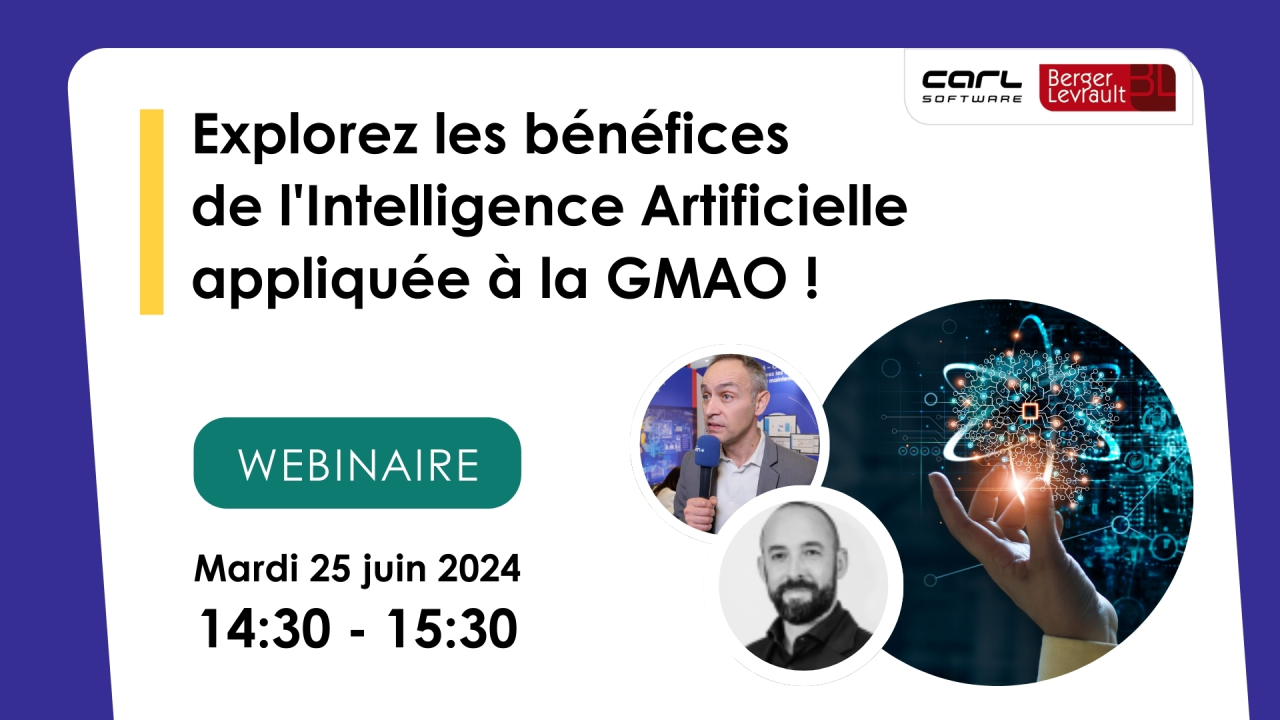
Tuesday 13th of December at 9h30 a.m. Paris time, Yassine Bel Ghaddar, Ph.D. Candidate will defend his thesis named “Data fusion for urban network mapping: application to wastewater networks”. His thesis defense will take place at the conference room of the Faculty of science and technologies in Fez, Morocco.
This thesis is a CIFRE-France-Morocco collaboration between HydroSciences Montpellier (HSM), Laboratory of intelligent systems and applications (LSIA) and the industrial partner Berger-Levrault, under the co-direction of Carole Delenne (UM) and Ahlame Begdouri (USMBA).
The presentation will be in French. The defense will also be broadcasted online, link: https://umontpellier-fr.zoom.us/j/96302361406
The jury will be composed of:
Reviewers :
- Célia DA COSTA PEREIRA, Maître de Conférences, Univ Côte d’Azur, France
- Karim TABIA, Maître de Conférences, Univ Artois, France.
Examiners:
- Aicha MAJDA, Professeur, Université Moulay Ismail, Meknès, Maroc
- Laure BERTI-EQUILLE, Directeur de recherche, IRD, Montpellier, France
- Azeddine ZAHI, Professeur, USMBA, Fès, Maroc
Supervisors:
- Ahlame BEGDOURI, Professeur, USMBA, Fès, Maroc
- Carole DELENNE, Maître de Conférences, Univ Montpellier, France
- Abderrahmane SERIAI, Chargé de recherche, Berger-Levrault, France
Guest:
- Nanée CHAHINIAN, Chargée de recherche, IRD, Montpellier, France
There are many reasons that make data management of underground networks essential: reducing the cost of repairs and expansion, running hydraulic simulations, preserving the environment etc. The available data related to these networks and more specifically wastewater ones are various, and come in different types (texts, images, GIS ,etc.) and formats (analog, digital). In addition, these multisource/multi-format data are usually incomplete, uncertain, imprecise and sometimes contradictory. Consequently, in order to extract relevant information from these inputs, a data fusion process is necessary. In fact, attributes (depth, diameter of a pipe, etc.) are always associated to a spatial representation of the objects (pipes, outfall, etc.). In this context, this work will concentrate first on using, adapting and putting forward data fusion and integration techniques to combine data collected from different sources. The second part of this thesis will be dedicated to impute and estimate missing data of a wastewater network. The result of this multidisciplinary work will be to put forward methods for fusing data and imputing the missing ones, which enables the mapping and the modelling of urban wastewater networks.
Object Matching, Data fusion, Graph Neural Network, Dempster-Shafer theory, Wastewater Network




